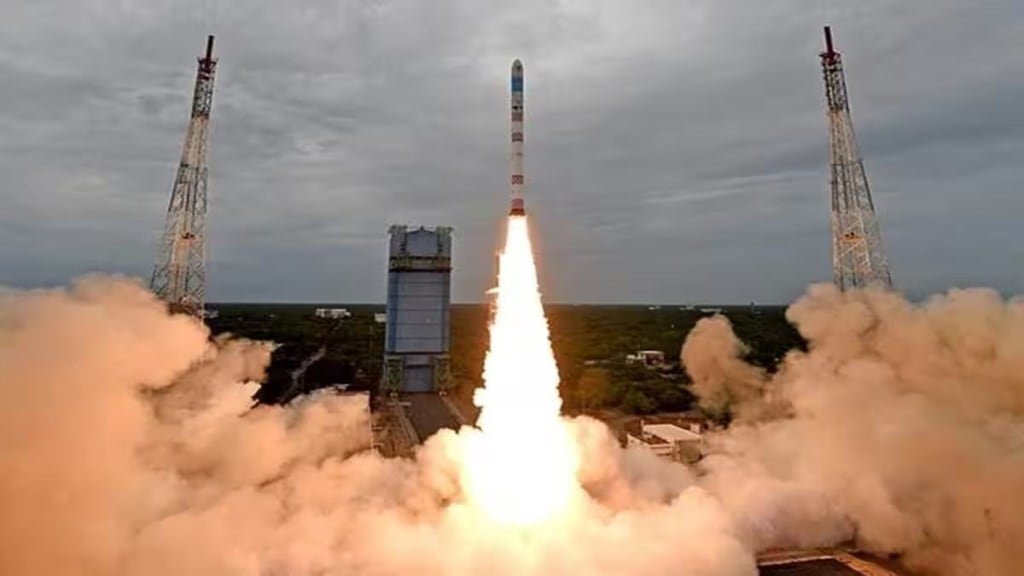The Indian Space Research Organisation (ISRO) is gearing up for its third lunar mission, Chandrayaan 3. Slated to be launched on July 14 from the Satish Dhawan Space Centre in Sriharikota, this is India’s second attempt to make a soft landing on the Moon.
The main objectives of the Chandrayaan-3 mission are threefold – to demonstrate Safe and Soft Landing on Lunar Surface, to demonstrate Rover roving on the Moon and to conduct in-situ scientific experiments.
If successful, Chandrayaan-3 will make India the fourth country to land on moon, after the United States, China, and Russia.
What went wrong on Chandrayaan 2 mission?
India’s second Moon mission – Chandrayaan 2 – was launched by the national space agency on July 22, 2019, but the hearts of every Indian broke in September when their screens froze, and eventually, ISRO lost all contact with the Vikram lander which was expected to make contact with the moon.
The space agency lost contact with the lander just 400 meters away from the landing surface. The objective of the second lunar mission was to make a soft landing on the lunar surface.
The reason behind Vikram lander’s crash-landing was that it tilted 410 degrees instead of the planned 55 degrees.
When the Vikram lander tilted from its set trajectory, the scientists could do nothing but be silent spectators. According to ISRO officials, the velocity of the lander was suppose to slow down from 6000 kmph to 0 kmph in four phases, but the space agency lost contact with it minutes before its touchdown.
The ISRO scientists had informed that a software glitch was attributed as the reason behind losing contact with the lander.
Due to the change in trajectory and the lack of speed reduction, the Vikram lander along with the moon rover Pragyan crash-landed on the Moon.

